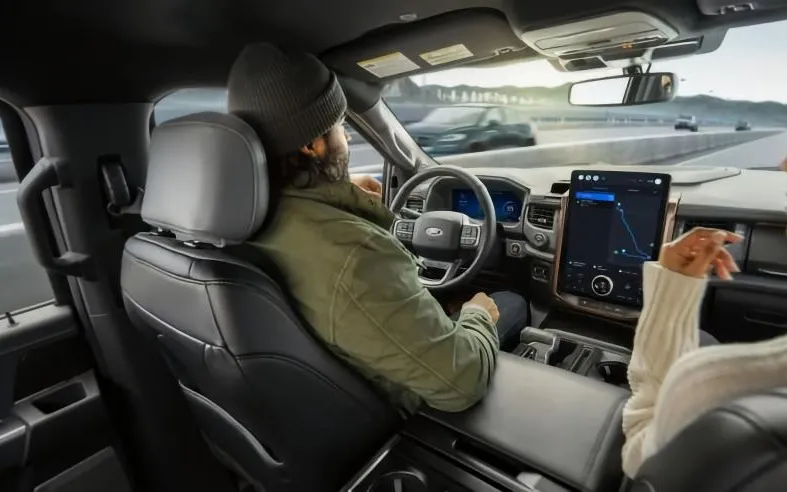Ford Offers BlueCruise Driver Assist as Subscription Service
Ford has revealed its plans to broaden the accessibility of its BlueCruise hands-free driving technology. Previously, customers were required to make a definitive choice regarding the inclusion of this feature when purchasing eligible models. However, Ford has now decided to make it a standard installation on all supported vehicles. Moreover, owners will have the flexibility to either opt for the service at the time of purchase or activate it later, selectively utilizing it for specific periods such as road trips.
You still have the option to purchase the feature at the time of purchase and include it in the financing. However, you can now also order a license on an annual or monthly basis at any time thereafter. BlueCruise costs $2,100 at the time of purchase (for three years), while annual subscriptions cost $800 and monthly subscriptions cost $75. Ford also offers a 90-day free trial if you don’t want to activate it at the time of purchase.
The automaker plans to install BlueCruise in 500,000 vehicles in North America by the 2024 model year. That’s a significant increase, since it’s currently installed in just under half of that: 225,000, according to Ford.
Service changes also apply to Lincolns. Lincoln Corsair’s 2024 Navigator and Nautilus lines and “select trims” come with BlueCruise. The $800 annual and $75 monthly price is the same for Lincoln models.
Ford says a future version of the technology, BlueCruise 1.3, will improve performance when driving in curves and narrow lanes. According to the company, with v1.3 you can keep your hands off the wheel for longer. “Based on internal testing, BlueCruise 1.3 stayed in hands-free mode for an average of 5 times longer compared to BlueCruise 1.0, the first version of BlueCruise,” the automaker said. The 1.2 software, released earlier this year, added hands-free lane changes, lane-keeping and predictive speed assist. The company is serious about AI-assisted driving: it created an automated driving subsidiary earlier this year to push toward a more machine-driven future.




